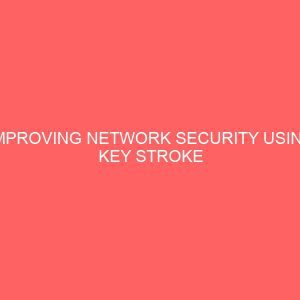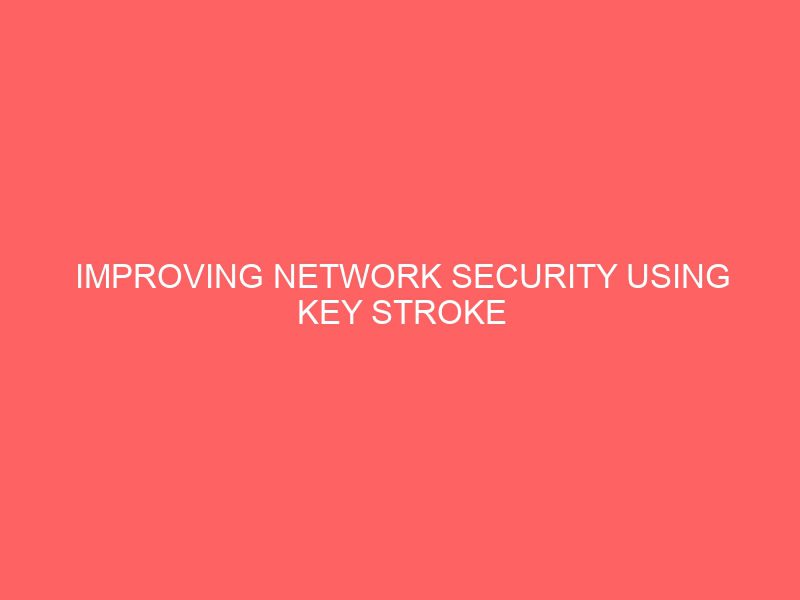Description
CHAPTER 1 INTRODUCTION 1.0 BACKGROUND Institutions are challenged every day to make sure applications and networks are protected and maintained in equilibrium between usability, safety and cost. Information should be available all the time through different computing nodes and networking infrastructures for the flowing number of students, teachers, and non-teaching staffs. These problems with significant safety necessities verify identities, protecting information, ensuring confidentiality, conformity of standards and preventing the Makurdi from internal and outside swindle. The most important mission of an invader who has infiltrated a system is to initiate growth of rights that is how an invader attempts to expand more right of entry from the reputable foothold that they have fashioned. After a growth of rights has occurred, there is small left to prevent an impostor from whatever objective that invader has. Attackers can use many diverse mechanisms to accomplish a growth of rights, but above all they engage compromising existing accounts, particularly those with administrator the same rights. The majority businesses or commercial networks frequently make use of some measure of safety controls over normal user accounts, but frequently do not bring to bear many controls over service accounts, in that way making such accounts susceptible and well-liked targets for intruders. After an intruder has compromised a system to the level where a significant account with School rights is compromised, the whole system can in no way be measured as totally dependable again unless it is crushed and entirely recreated. Consequently the level of safety for all types of accounts is a very significant feature of any network safety proposal. Aside from the risks that outside intimidation pose to a commercial network, inside intimidation also have the possibility to cause a enormous deal of damage. In-house intimidation embodies not only hateful users but also those who might cause unplanned destruction. The seemingly harmless attempts to avoid safety procedures by users that seek access to resources are but one instance. All too often, users and services are approved access to greater rights than required for reasons of expediency. Even though this approach pledge users have right of entry to the resources they require to do their jobs, it also increases the danger of a flourishing attack upon the system. Network administrators and professionals use ID and password to validate users, this is known to be in adequate to successfully validate a person







